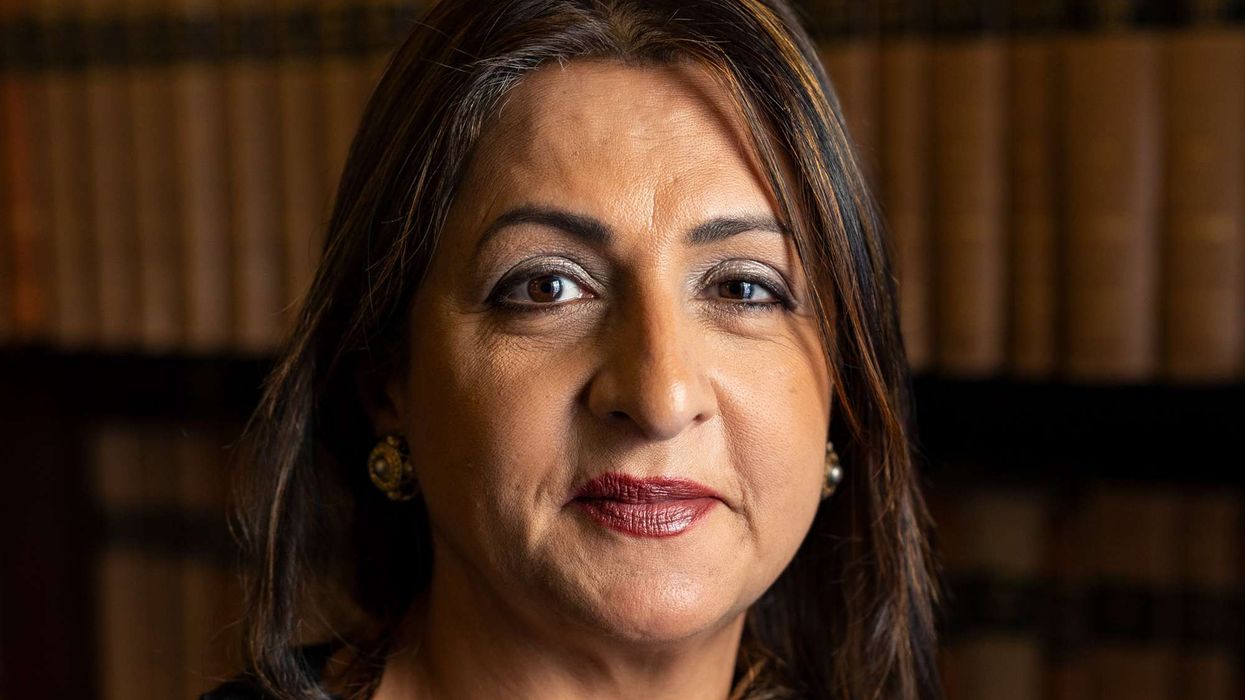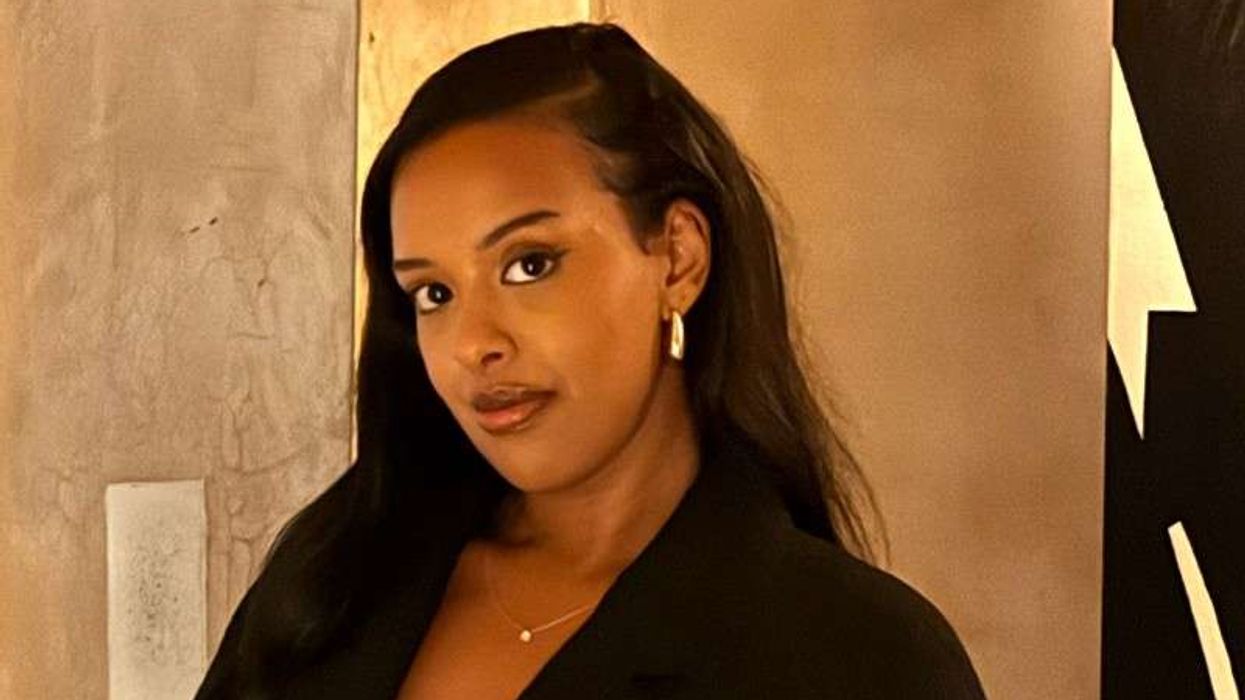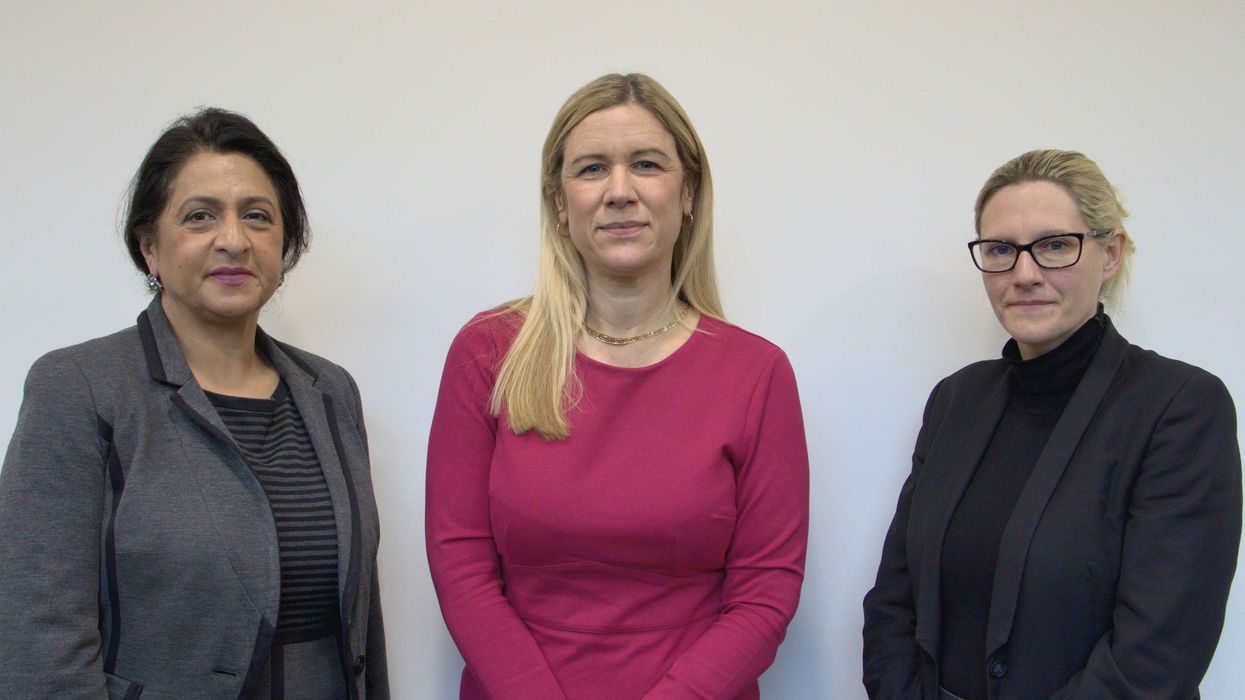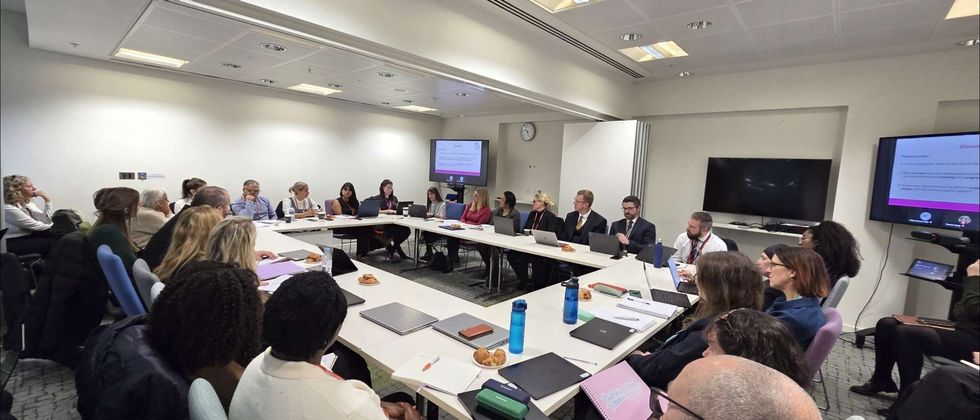BY LAUREN CODLING
BRITISH ASIAN school leavers celebrated their GCSE results today (22), as it was revealed the pass rate and the percentage of top grades had increased this year.
The pass rate rose to 67.3 per cent in England, Wales and Northern Ireland. It has increased up by 0.4 percentage points since last year, figures showed.
This year’s results come after a string of reforms to the system – which saw the introduction of a new numerical grading system and tougher exams across England.
However, more than 800 students across the country achieved all 9s - the very top grade.
Data showed that 20.7 per cent of all exams were given grades 7, 8 or 9, which is equivalent to A or A*. This makes it the highest proportion since 2015.
At Queen Elizabeth’s School (QE) in north London, student Aqif Choudhury celebrated achieving a clean sweep of 9s in all of his subjects. He also received the top mark nationally for economics.
“I didn’t expect that, I thought that was the one exam that I’d done the worse in,” he told Eastern Eye. “I was surprised, but very pleased.”
The 16-year-old plans to stay on at QE for A-Levels.
The school also revealed that the proportion of grades at the equivalent of A*(Grades 8-9) has risen further to 79 per cent - a new school record. Almost 55 per cent of results were at the highest Grade 9.
At Hydesville Tower School (HT), Walsall, in the West Midlands, pupils celebrated as it was announced that 98 per cent of all papers achieved a “good pass” mark.
Speaking to Eastern Eye after receiving the results, HT student Zara Rasab said she was incredibly happy with her grades. She received 2 9’s, 3 8’s, 3 7’s and 2 6’s
“I didn’t expect those results, I wasn’t even sure that I was going to pass all of my subjects,” the 16-year-old said, admitting that she and her friends were crying with stress before the results were revealed.
In the upcoming term, she is due to take A-Levels in biology, chemistry and maths.
Fellow HT pupil Karn Dhanda achieved 2 9’s, 5 8’s and 3 6’s. The 16-year-old told Eastern Eye that he was nervous before going to collect the results, as he was unsure how he had fared in the exams.
The teenager plans to study maths, further maths, chemistry and physics at King Edwards’ Camp Hill Sixth Form in Birmingham.
“I’m keen to go into airspace engineering as a career,” he revealed, adding that his family has organised a celebration BBQ on Friday (23).
“My family are so happy and excited by my results,” he said.
At Middlesex-based John Lyon School, more than half of all students achieved at least three 9/8/A* grades, and 800 of the 826 total number of exams taken graded at 9-4/A*-C.
Students Rayaan Bhatti, who received nine 9/8 grades, and Keeran Annalingam, who achieved eight 9/8 grades and an A* in further mathematics, spoke of their delight at their achievements.
"It's been a rollercoaster journey but through hard work and perseverance I have achieved straight A* grades and a Scholarship to the John Lyon Sixth Form,” Rayaan said. “With a passion to study medicine in the future I know this dream is possible as I will have the close support of the teachers here for the next two years.”
Keeran added: "I'm so happy with my grades and I owe so much to my teachers - without them I definitely wouldn't have achieved what I have done.”
Meanwhile, Merchant Taylors’ School (MTS) in Northwood, Middlesex, saw 88 per cent of their students secure the equivalent of A or A* grades.
Headmaster Simon Everson noted the “exceptional” performances, in spite of GCSE exams becoming more challenging.
"They can be very proud of their efforts and we look forward to seeing how this talented year group fare in the sixth form," Everson said.
Elsewhere, the Haberdashers' Aske's Boys' School announced that students had obtained their best results on record for the top grade at GCSE. 73.4 per cent of all grades were 9, 8 and A*.
Habs headmaster Gus Lock praised the year group on their performances.
He said: “I congratulate the pupils, their parents and the dedicated staff on these exceptional results, which provide a firm foundation for further success in the Sixth Form and beyond. I look forward to welcoming the pupils back in September to start their Sixth Form studies.”





 Nasima Abukar
Nasima Abukar Narwal, Ellie Reeves MP and Emma James
Narwal, Ellie Reeves MP and Emma James The first national honour-based abuse scrutiny panel held last Tuesday (9)
The first national honour-based abuse scrutiny panel held last Tuesday (9)






